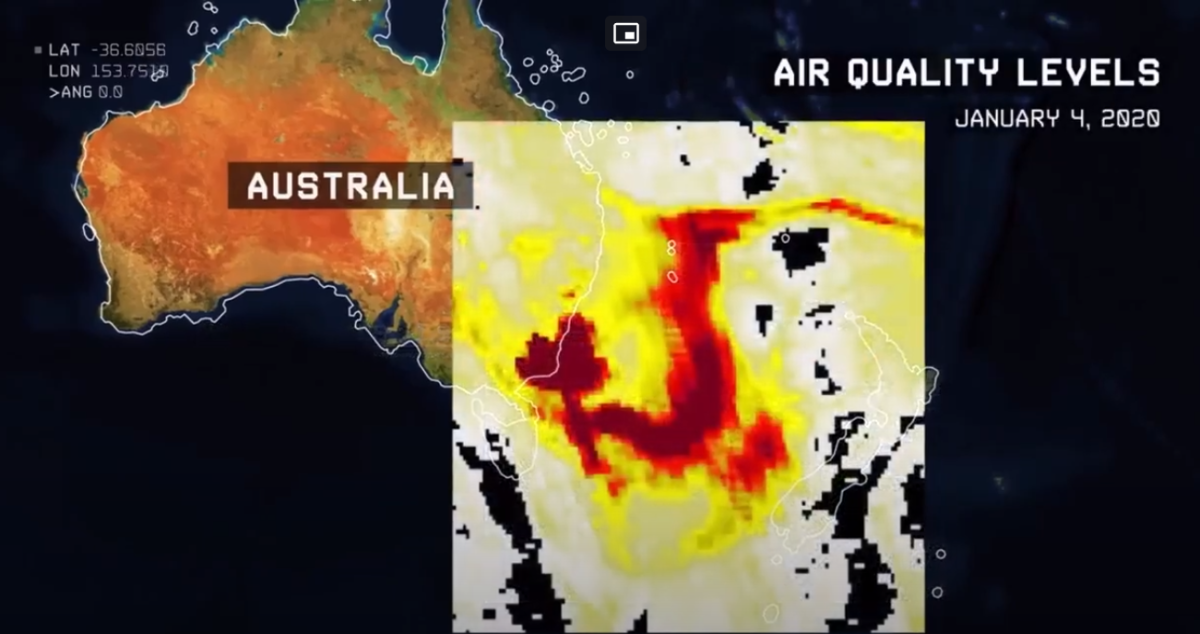 The quality of the air we breathe is a major determinant of our health, over both the long and short terms.
The quality of the air we breathe is a major determinant of our health, over both the long and short terms.
The catastrophic Australian bushfires filled our air with harmful particulates.
Rising atmospheric carbon dioxide is warming our planet leading to potentially harmful climate change.
In indoor spaces, a high carbon dioxide level indicates insufficient ventilation, and a higher risk of respiratory viral infection. In the wake of the Covid-19 pandemic, our schools are auditing classroom ventilation. Where necessary schools are installing air purification units to reduce the risk of air-borne infection.
The presence of volatile organic compounds in the air indicates the presence of potentially harmful petrochemical fumes.
So, measuring air quality can be a very useful safeguard for our health, and warns us when the air we breathe is becoming hazardous. A system that monitors the key indicators of air quality is therefore very useful and educationally valuable.
During 2020 a team of third-year engineering students at the University of Wollongong, sponsored and mentored by AustSTEM, developed a prototype air quality monitoring system that can be placed in remote or urban locations and sends air-quality data via the Things Network to a dashboard on and easily accessible website. The Things Network is a global Internet of Things (IoT) network.
The video was produced by these students and explains they work they have achieved using AustSTEM’s Kookaberry STEM micro-computer and inexpensive environmental sensors.


